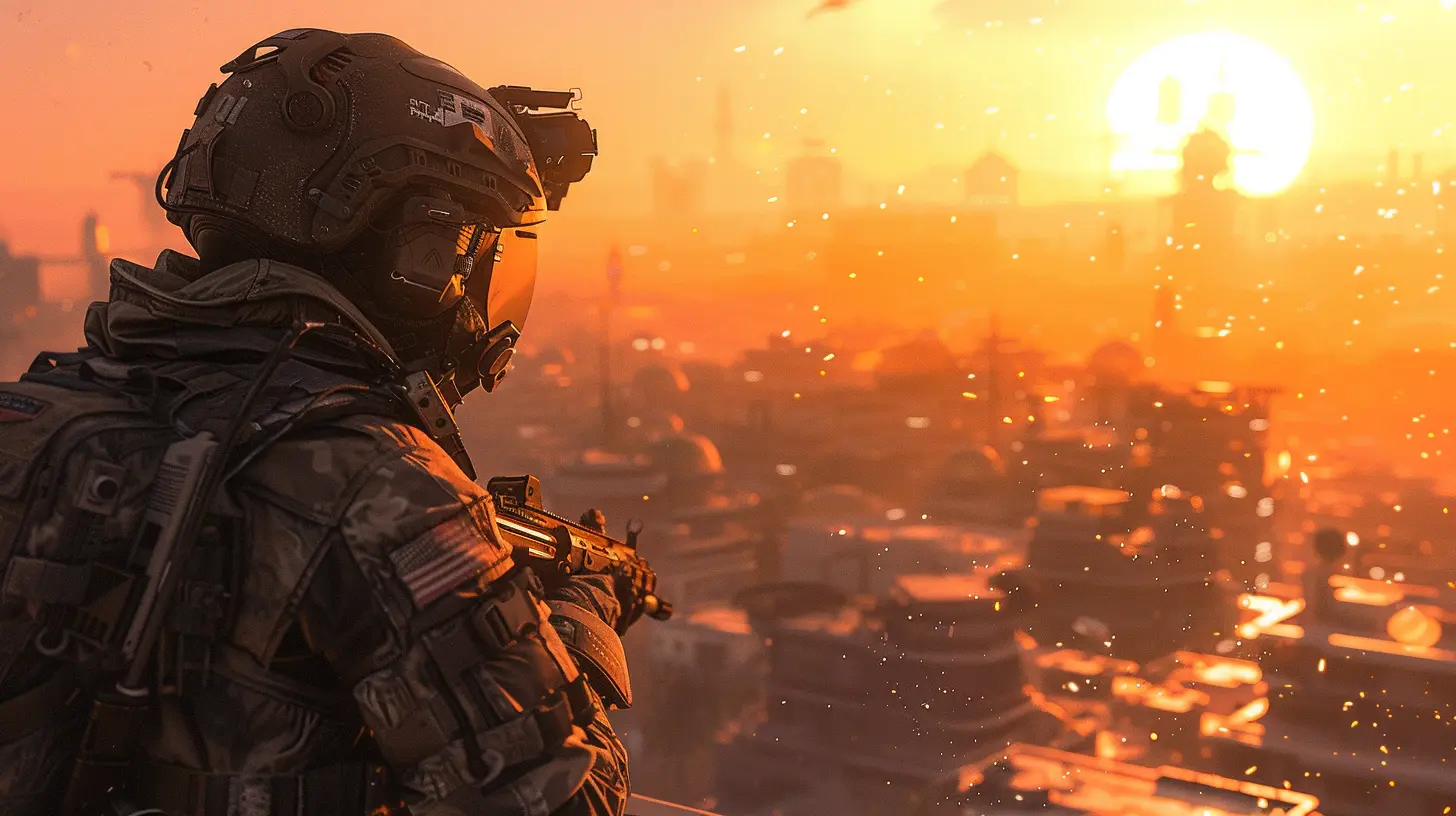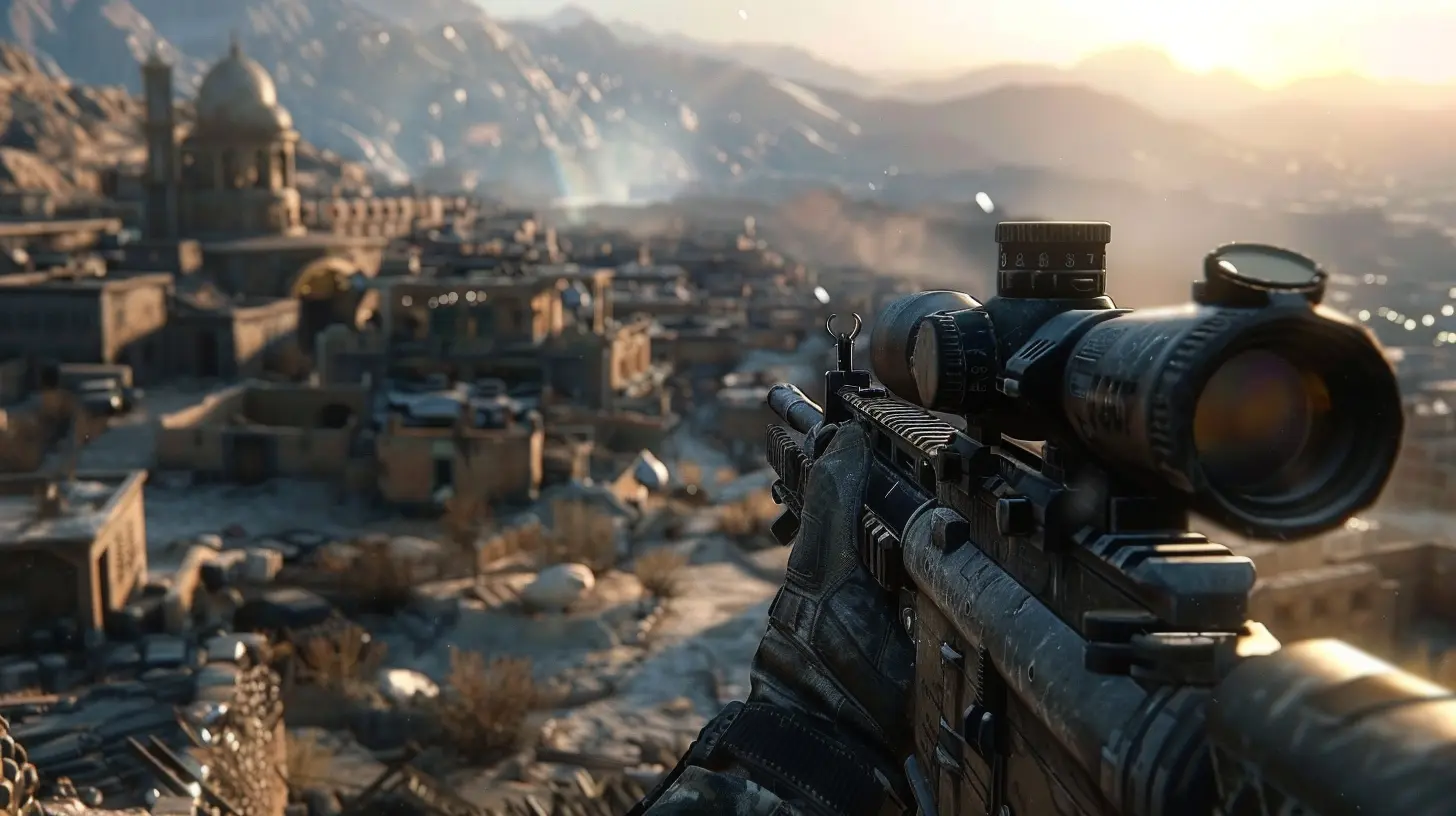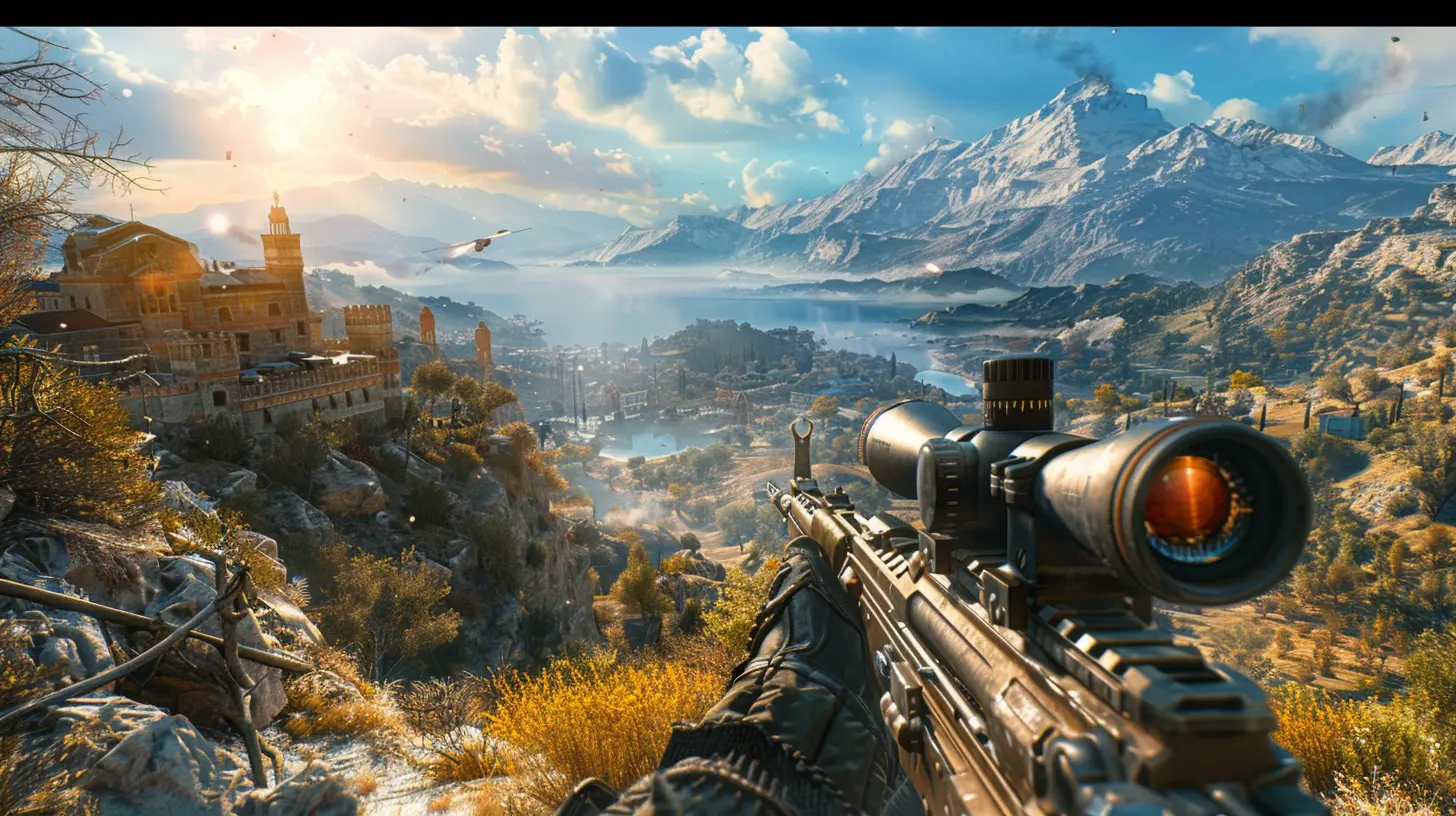How to Tweak Your Game Settings for Maximum FPS
21 June 2025
So, you're knee-deep in an intense online match, about to land that perfect headshot when—bam! Your game stutters like a bad stand-up comedian, and you lose your edge. We've all been there, and honestly, it's infuriating. Whether you're on a high-end rig or trying to squeeze extra juice from an older setup, getting the best FPS (frames per second) possible can be a total game-changer—literally.
FPS isn't just a number; it's the difference between competitive dominance and rage-quitting. In this guide, I’ll walk you through how to tweak your game settings for maximum FPS without making your game look like it belongs in the early 2000s.

Why FPS Even Matters
Before we jump into button-pressing and slider-sliding, let’s clarify why FPS is such a big deal. FPS measures how many frames your game can render every second. A higher FPS means smoother visuals, more responsive gameplay, and a serious advantage in fast-paced genres like shooters and racing games.Low FPS? That’ll leave you with choppy animations, input delay, and probably a few broken peripherals thanks to rage-induced desk slams.

First Things First: Know Your System
Before you tweak anything, get cozy with your hardware. If you don’t know your PC’s specs, how can you expect to optimize its performance?How to Check Your Specs:
- On Windows: Go to Settings > System > About, or type “dxdiag” into the search bar for a full system rundown.- On macOS: Click the Apple icon > About This Mac.
Jot down the important stuff: your CPU, GPU, RAM, and operating system. Why? Because different specs handle different settings better. It’s like expecting a minivan to win a Formula 1 race—it’s just not built for that.

Update Your Drivers (Seriously, Do It)
We all ignore those “Update Available” notifications, but when it comes to gaming performance, updated GPU drivers are like nitro for your system. NVIDIA, AMD, and Intel regularly release driver updates to improve FPS and fix bugs in the latest games.How to Update:
- NVIDIA Users: Use GeForce Experience.- AMD Users: Use Radeon Software.
- Intel Users: Use Intel Driver & Support Assistant.

Game Settings That Impact FPS the Most
Alright, let’s crack open your favorite game and dive into the settings menu. There's a sea of options, but not all of them are equal in the FPS tug-of-war.Here’s a list of the most impactful settings and whether you should tweak, turn down, or turn off:
1. Resolution
Resolution is the big FPS eater. The higher it is, the more pixels your GPU has to push. Dropping from 1920x1080 (Full HD) to 1600x900 or even lower can massively boost frame rate.Pro tip: Lower your resolution just one notch. If it still looks decent and FPS spikes up, you’re golden.
2. V-Sync
V-Sync prevents screen tearing but often at the cost of performance. Unless tearing is unbearable, turn this off for a solid FPS boost. It can also cause input lag, which is the last thing you want in a high-stakes match.3. Anti-Aliasing
Anti-aliasing smooths out jagged edges, but some settings (like MSAA 8x or above) can tank your FPS. Try FXAA or turn it off to see how it affects visual quality vs. performance.4. Shadows
Shadows look great, but most of the time, they’re just unnecessary eye candy. Dialing them down from Ultra to Low can give you a huge bump in FPS.Think of shadows like fancy car floor mats—nice to have, but the car runs fine without them.
5. Texture Quality
This one depends heavily on your GPU’s VRAM. If you’re running a graphics card with 4GB or less, keep textures on Medium or Low. Otherwise, your game could stutter like it’s got stage fright.6. Draw Distance
Also known as “Level of Detail” or “View Distance,” this setting controls how far in-game objects render. Reducing it can free up major resources without drastically affecting your gameplay—unless you're sniping, maybe.7. Motion Blur
Turn. It. Off. Motion blur adds a cinematic effect but robs performance and makes everything look smeared. Unless you love feeling like you’re in a Michael Bay movie, get rid of it.8. Ambient Occlusion & Post-Processing
These settings make lighting and shadows look more realistic, but they’re performance hogs. Lower them or disable them completely if FPS is more important than eye candy.Use Your GPU’s Control Panel Settings
Many people overlook this, but your GPU control panel has its own settings that can override or enhance in-game tweaks.For NVIDIA Users:
- Open NVIDIA Control Panel- Go to Manage 3D Settings > Program Settings
- Choose the game and tweak settings like:
- Power management mode: Set to Prefer maximum performance
- Texture filtering quality: Set to High performance
- Vertical sync: Set to Off
For AMD Users:
- Open AMD Radeon Settings- Go to Gaming > Global Settings
- Adjust similar options for individual games
These tweaks can stack on in-game settings to squeeze out extra frames.
Change Windows Settings for Gaming Mode
Windows comes with built-in features to help your games perform better—when they're not busy downloading 15 background updates, that is.Gaming Mode:
- Go to Settings > Gaming > Game Mode- Turn it ON. This prioritizes your game over background tasks.
Disable Background Apps:
- Open Task Manager (Ctrl + Shift + Esc)- Disable startup apps that you don’t need
- Close background apps while gaming (e.g. Chrome, Spotify)
Power Settings:
- Go to Control Panel > Power Options- Set to High Performance or Ultimate Performance (on supported systems)
Reduce In-Game Clutter
Some games offer settings like crowd density or effects intensity. Reducing or disabling these can eliminate a surprising amount of lag and boost FPS.Examples:
- GTA V: Lower population density and variety- Cyberpunk 2077: Turn down lens flares, film grain, and chromatic aberration
- Fortnite: Lower effects and post-processing
Overclock (But Be Careful)
If you’re feeling adventurous and you’ve got proper cooling, overclocking your GPU or CPU can offer noticeable gains. But remember, it’s like tuning up a car’s engine: done right, it flies; done wrong, it explodes (well, not literally, but you get it).Use tools like:
- MSI Afterburner (for GPU)
- Intel XTU or Ryzen Master (for CPU)
Start small, test stability using games or benchmarks, and don’t forget to keep an eye on your temps.
Use a High-Performance Game Booster
Game booster software can temporarily shut down unnecessary background processes and services while you’re gaming. Some popular (and trustworthy) options include:- Razer Cortex
- Wise Game Booster
- MSI Afterburner (also useful for monitoring performance)
These apps won’t work miracles, but they can give you that extra 5–10 FPS edge.
Monitor Your Performance
Don't just guess—measure. Use tools like:- MSI Afterburner (with RivaTuner to display performance overlay)
- GeForce Experience Performance Overlay
- Fraps
- Windows Game Bar (Win + G)
Watch your FPS, CPU & GPU usage, and temps. This helps you figure out where the bottlenecks are and what settings have the biggest impact.
What If You’re on a Laptop?
Laptops come with limitations, but you can still optimize:- Plug in your laptop (max performance usually only kicks in when charging)
- Enable “High Performance” battery mode
- Turn off unnecessary RGB lighting
- Use a cooling pad to prevent thermal throttling
Quick FPS Gains Checklist
Let’s wrap it up with a quick and dirty list you can use right before diving into your next gaming session:- ✅ Lower resolution by one step
- ✅ Turn off V-Sync & Motion Blur
- ✅ Set Shadows and Textures to Medium or Low
- ✅ Set Power Mode to High Performance
- ✅ Disable in-game overlays and background apps
- ✅ Update your GPU drivers
- ✅ Tweak GPU control panel settings
- ✅ Use Game Mode in Windows
- ✅ Close background tasks and auto-start apps
- ✅ Monitor temps and usage with performance overlays
Final Thoughts
At the end of the day, tweaking settings comes down to finding the sweet spot between looks and performance. It's a balancing act, and yeah, it might take a bit of trial and error. But once you dial it in, the reward is buttery-smooth gameplay that actually responds to your lightning-fast reflexes.So next time you drop into Warzone, hop in a Valorant match, or fire up your favorite RPG, make sure your system is running like a beast. Because in the world of gaming, every frame counts.
all images in this post were generated using AI tools
Category:
Pc GamesAuthor:

Lana Johnson
Discussion
rate this article
2 comments
Hugo Sweeney
Great article! I've always struggled to find the right balance between visual quality and performance. Your practical tips on adjusting settings for maximum FPS are super helpful. I can't wait to implement these changes and enjoy smoother gameplay. Thanks for sharing!
June 23, 2025 at 4:02 AM

Lana Johnson
Thank you for your feedback! I'm glad you found the tips helpful. Enjoy your smoother gameplay!
Astoria McFarlane
Crank those settings like a barista! More FPS, less latte—game like a champ!
June 21, 2025 at 4:00 AM

Lana Johnson
Absolutely! Just like a barista perfects their brew, fine-tuning your settings can unlock peak performance. Game on!


